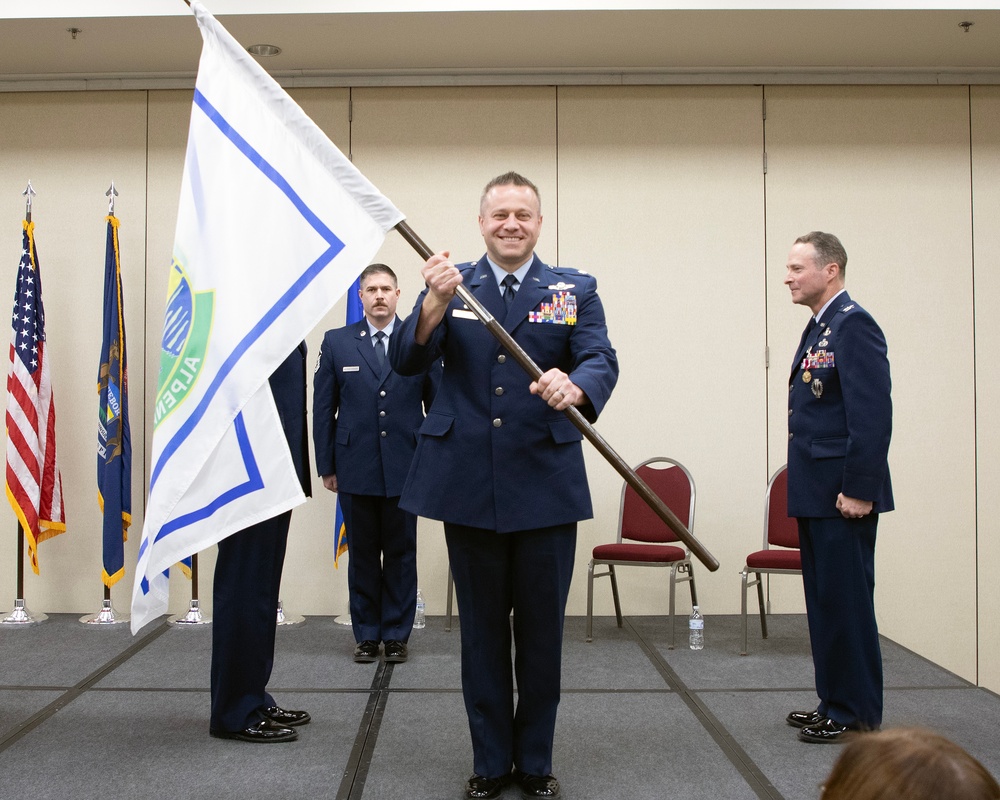DVIDS – News – Multi-Domain Transformation in a Complex World
The stakes have never been higher as the U.S. navigates a complex global security environment. A military engagement in Asia would reshape the region and have profound implications for global stability and security.
Gen. Charles A. Flynn, commanding general of the United States Army Pacific said, “We have a limited regional war in Europe right now, we have a limited regional war going on in the Middle East right now, and the last thing we can afford is another limited regional war in Asia.”
The evolving threat landscape underscores the necessity for transformation. Adversaries in the Indo-Pacific, capable of challenging the U.S. forces across multiple domains-land, sea, air, space, and cyberspace-require a robust, integrated response.
Col. Mike Rose, commander of the 3rd Multi-Domain Task Force said, “The Tactical Intelligence Targeting Access Node allows us to integrate terrestrial, airborne, stratospheric and space center data to accelerate our abilities to understand the environment.”
Advanced systems like the TITAN is vital in the Indo-Pacific where terrain can vary from swamps, mountains, beaches, jungles, and arctic. Operational Pathways goal is positional advantage and to achieve this the U.S. Army needs to constantly advance and transform to not only combat foes but help ally nations with humanitarian assistance as well.
Rose stated, “MDTF has conditioned our forces to rapidly integrate new capabilities through Operation Pathways in the environment. Operation Pathways is the way the theater Army campaigns to achieve positional advantage in the Indo-Pacific.”
Engaging in a multi-domain conflict in Asia could reverberate across global markets, alliances, and geopolitical dynamics, affecting not only the U.S. but nations worldwide.
The challenge is not merely military; it encompasses economic, diplomatic, and humanitarian dimensions. Thus, adapting our military strategies to ensure readiness for potential conflicts in this pivotal region is imperative.
Flynn said, “Weapons are important, but weapons and material are not going to win, organizational change is what is going to drive our solutions.”
To meet these challenges head-on, the U.S. Army is prioritizing the integration of joint forces, enhancing operational flexibility, and fostering a culture of collaboration. By creating a seamless flow of intelligence across all domains, commanders can make informed decisions that adapt to rapidly changing situations.
“We have to win in all five domains, we have to win as a joint, combined, and multi-national force,” said Flynn.
Through its strategic initiatives, the Army committed to fostering collaborative relationships with partner nations. Ongoing investments in regional security and joint operational capabilities prove this committment.
Establishing partnerships serves as a critical deterrent against regional aggression. By working closely with allied and partner nations, the U.S. Army contributes to a collective security environment that discourages adversarial actions.
This approach emphasizes the principle of achieving strategic objectives through diplomacy and military preparedness, thereby reducing the likelihood of armed conflict.
The U.S. Army’s proactive engagement in the Indo-Pacific region shows the importance of multinational partnerships in promoting stability and security.
Through collaboration, the Army fortifies its capabilities and contributes to a broader framework of peace that benefits the entire region.
| Date Taken: | 10.16.2024 |
| Date Posted: | 10.16.2024 19:53 |
| Story ID: | 483285 |
| Location: | DC, DISTRICT OF COLUMBIA, US |
| Web Views: | 12 |
| Downloads: | 0 |
PUBLIC DOMAIN

This work, Multi-Domain Transformation in a Complex World, by SGT Daniel Lopez, identified by DVIDS, must comply with the restrictions shown on https://www.dvidshub.net/about/copyright.


 Private Internet Access gives you unparalleled access to thousands
of next-gen servers in over 83 countries and each US state. Your
VPN experience will always be fast, smooth, and reliable.
Private Internet Access gives you unparalleled access to thousands
of next-gen servers in over 83 countries and each US state. Your
VPN experience will always be fast, smooth, and reliable.![DVIDS – Images – 123rd Airlift Wing earns top awards for excellence [Image 5 of 5] DVIDS – Images – 123rd Airlift Wing earns top awards for excellence [Image 5 of 5]](https://101veterans.com/wp-content/uploads/2025/12/1765775077_1000w_q95.jpg)
![DVIDS – Images – McConnell fuels team proves multicapable [Image 2 of 5] DVIDS – Images – McConnell fuels team proves multicapable [Image 2 of 5]](https://101veterans.com/wp-content/uploads/2025/12/1765731759_1000w_q95.jpg)
